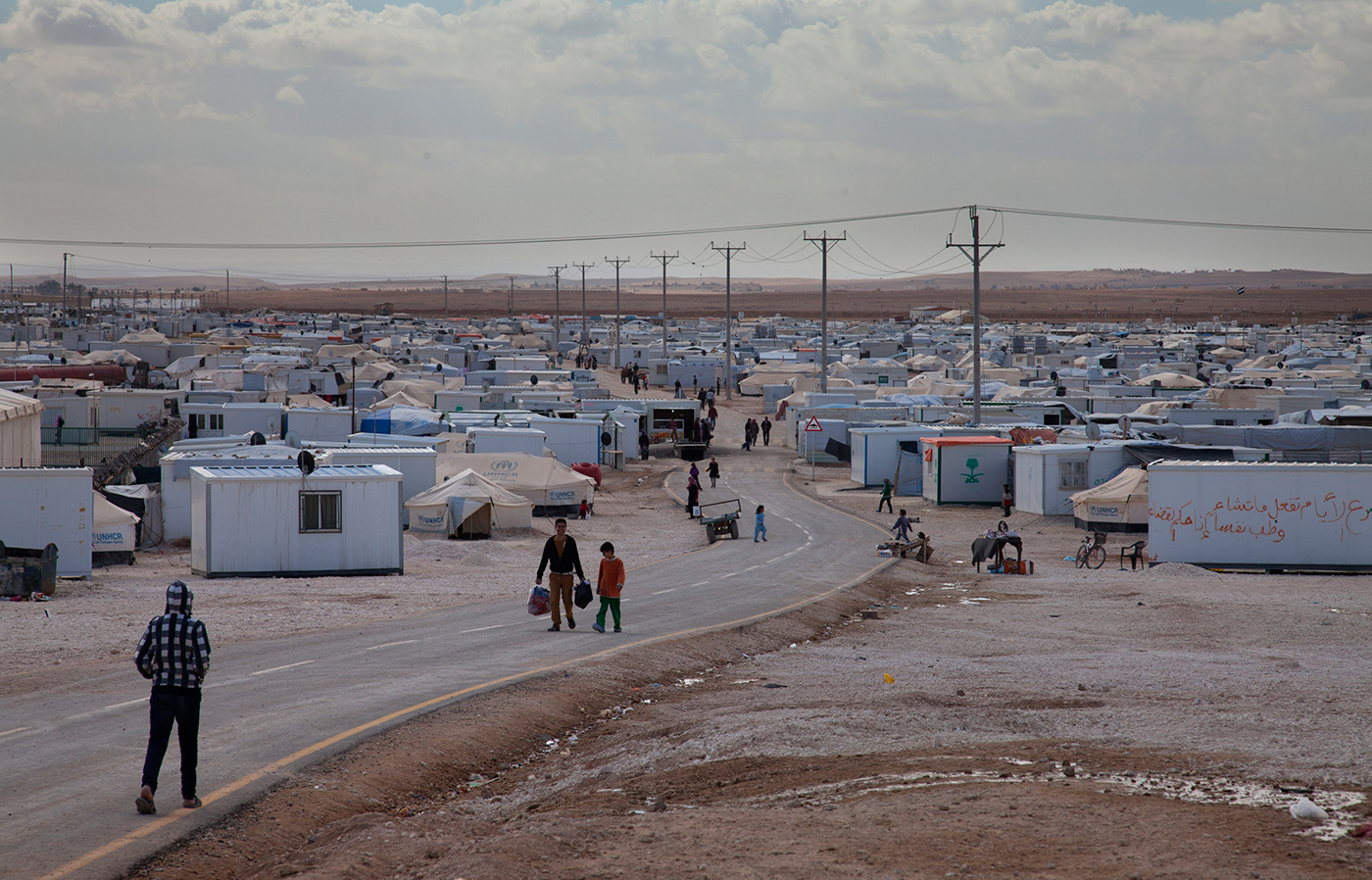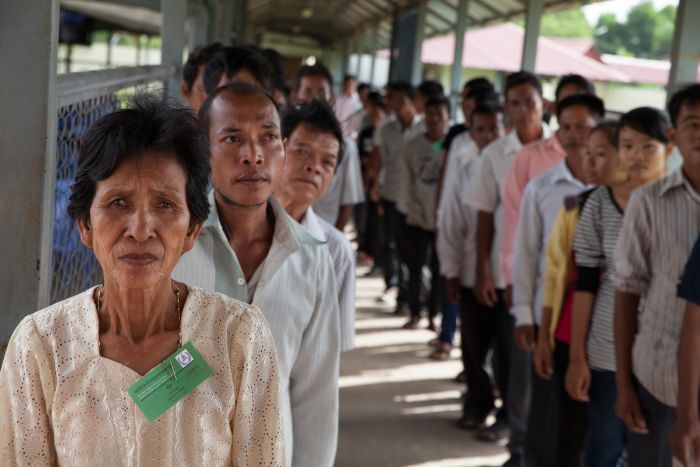Since the start of the Syria uprising in 2011, the world has been witness to the most destructive humanitarian crisis since World War II. More than half of Syria’s 22 million citizens have been driven from their homes, at least 500,000 have been killed, and tens of thousands have disappeared, been detained or tortured. No corner of Syria or the wider region has been untouched by the effects of Bashar al-Assad’s campaign of destruction against his own people.
The Museum has sought to bring attention to the atrocities, to tell the stories of Syrian victims and survivors, and press for a more concerted response to this unconscionable humanitarian and security crisis. Through exhibits, public programs, statements, policy roundtables, and research, the Museum has been committed to educating people about the crimes against humanity being perpetrated by the Assad regime, holding the perpetrators accountable, and advancing policy discussions. Improving our ability to prevent contemporary atrocities and educating people about them when they erupt has been a crucial component of the Museum’s mission since its founding.
Research
Critical Junctures in US Policy toward Syria: An Assessment of the Counterfactuals
Subsidizing Rebels, Taxing Atrocities: Saving Lives in Civil Wars
An Agent-Based Model of Counterfactual Opportunities for Reducing Atrocities in Syria, 2011–2014
Additional Papers
Protecting Syrian Civilians: The Road Not Taken
Previous Research
Sectarian Violence in Syria's Civil War: Causes, Consequences, and Recommendations for Mitigation
In mid-2016 we initiated a research project that aimed to generate constructive discussion among policymakers and academics about how mass atrocities in Syria might have been prevented or mitigated, what might still be done, and what that situation can teach us about saving lives in future instances of genocide and mass atrocities.
The research considered options not taken by the Obama Administration and tried to evaluate whether they could have prevented or stopped the mass atrocities at five different moments between 2011-2016. The five “critical junctures” that form the basis of the research represent key moments when policy decisions came to a head and where it is still debated whether a different decision would have produced a substantially better outcome for Syrian civilians. Our research used five different methods to examine decision-making at these five moments in time.
While we attempted to be as rigorous as possible within the framework of the decisions that were considered during this period, such an approach is limited because it cannot take into account all of the options that might have been considered. Our approach assessed the options that the Obama Administration weighed seriously, but did not consider the many other options that might have been taken—and might have saved lives.
It has been argued, for example, that other priorities, such as avoiding the commitment of ground troops in Syria or achieving a nuclear agreement with Iran, limited its consideration of other options, and ultimately undermined efforts to save Syrian lives. The research did not address the Administration’s overall commitment to ending the war against Syrian civilians or the full range of other options that could have been pursued, as valid and important as those issues are.
The research found numerous shortcomings in the way the Obama Administration responded to the Syrian crisis, which should translate into lessons for future action. Findings on the effects of specific alternative options were mixed. Some of the analysis suggests that certain alternative actions might have resulted in fewer atrocities, while others suggest they likely would have had minimal or negative effects, while other analysis found they did not adequately consider other options that could have saved lives.
As we re-release this research, we have decided to include two new papers: one that attempts to capture the perspectives of a diverse set of Syrians, and another that discusses what United States policy might have been had the highest levels of government placed a higher priority on saving lives in Syria. Both of these perspectives were absent in our earlier work and are worthy of inclusion. We hope that adding these papers will help to better capture the overall picture of this catastrophe—and its causes and consequences—which will remain a part of our discussions about national security and moral responsibility for many years to come.





